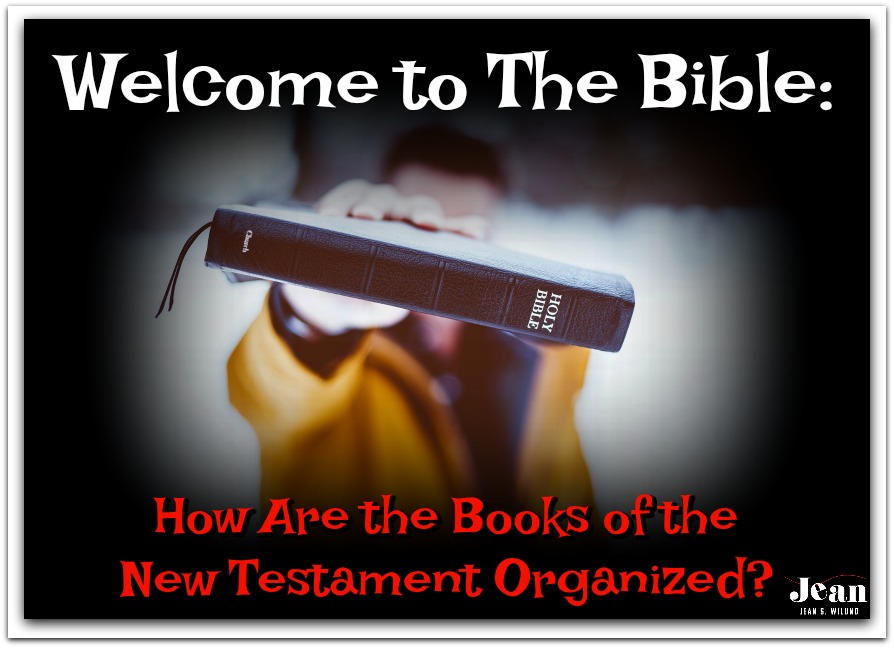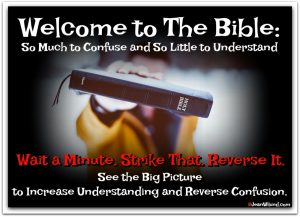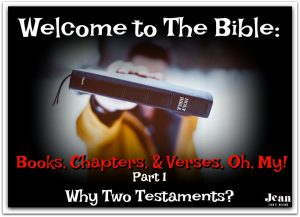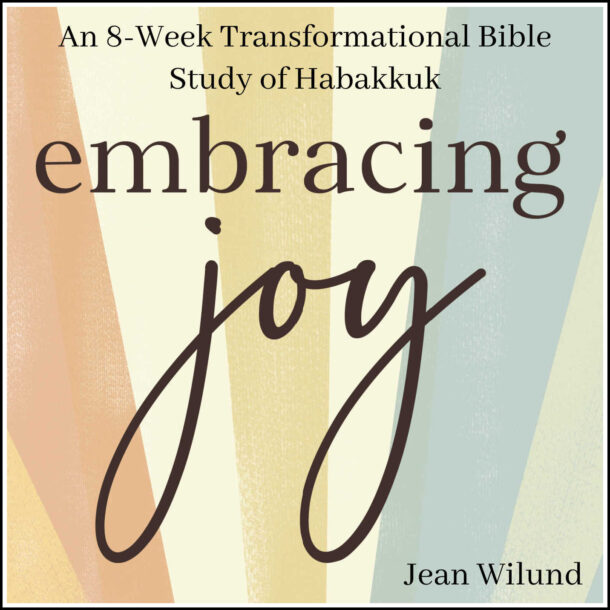Confused Yet?
If you were brand new to the Bible and started in the New Testament, it might confuse you at first.
My friend Ray received a New Testament and started at the beginning — like most people do with any book.
He loved the story of Jesus in Matthew and looked forward to what the next book held.
Surprised to find that the book of Mark was basically the same story, he shrugged his shoulders and kept reading.
Then he flipped to Luke.
Same story.
He kept reading but said, “If the next book is the same story, I quit!”
He turned to the book of John. And began to read. And kept reading anyway.
Fortunately, God had already grabbed Ray’s heart. He’d transformed it by the truth Ray had read — now four times.
When he flipped to the next book, Acts, he realized all 27 books of the New Testament are not the same story after all. But they are about the same person, Jesus Christ.
The New Testament is organized like the Old Testament, by the type of literature contained in it.
Let’s take a look:
The Five Groups of the New Testament
1. The Four Gospels
(Mattew, Mark, Luke, and John)
The Gospels tell the most important story of all — Jesus’ life, death, and resurrection.
The four books follow Jesus from the crib (the manger, to be exact) to the grave and up into heaven after He rose from the dead.
Just before Jesus rose to heaven, He told His closest friends, the disciples, to go into all the world, preach the gospel, and make new disciples (students of Jesus Christ).
2. The One Book of History
(Acts)
The book of Acts tells of the extraordinary acts of the apostles of Jesus as they went into the world to share the gospel and make disciples.
Amazing events occurred along the way.
Peter raised a woman named Tabitha back to life (Acts 9:36-42).
An angel later miraculously snuck Peter out of prison (Acts 12:6-18).
Paul and Silas were shackled in prison singing praise songs when an earthquake shook the prison doors open. (Acts 16:25-40)
3. The 13 Pauline Epistles and Hebrews
(Romans, 1 & 2 Corinthians, Galatians, Ephesians, Philippians, Colossians, 1 & 2 Thessalonians, 1 & 2 Timothy, Titus, Philemon, and Hebrews)
Epistles are letters written to specific groups or individuals but for public benefit.
The Pauline Epistles are letters from the apostle Paul, not a woman named Pauline.
Paul had once been Saul, a violent enemy of the church. But on his way to arrest Christians, he met Jesus.
On the road to Damascus, Jesus changed Saul’s life forever. God resurrected Saul in a way. He transformed him into Paul, one of the greatest preachers and church leaders in history.
And a prolific author.
Paul wrote 13 letters to churches and/or individuals addressing concerns and teaching spiritual truths.
He may, or may not, have written the last book in this group, the book of Hebrews. No one knows for sure.
4. The Seven General Epistles
(James, 1, 2, & 3 John, 1 & 2 Peter, and Jude)
James, John, Peter, and Jude wrote a total of seven letters to the church in general (all Believers) instead of to specific churches or individuals.
Each epistle addressed different concerns or themes as God’s Spirit directed them such as love, faith, and false teachers.
5. The One Book of Prophecy
(Revelation)
The final book of the New Testament, and of the Bible, is titled in English the Book of the Revelation to John.
It’s usually shorted to Revelation, but often mistakenly called Revelations.
Revelation is the only book that’s solely dedicated to prophecy and offers a blessing to any who study it.
It describes, in literal terms and brilliant symbolism, the second coming of Christ to set up His eternal kingdom and deal the final blow to Satan and his demons.
Revelation’s soundtrack would be epic.
Next Time
Next time we’ll zoom in further and look at the benefits of having the books of the Bible broken down into chapters and verses.
We’ll also look at the challenges it brings — challenges you may not have considered but must.
[bctt tweet=”Ever wondered how the New Testament is organized? #Biblestudy #God ” username=”jeanwilund”]
PREVIOUS POSTS IN THE SERIES
In case you missed these earlier posts in the Welcome to the Bible series, click the photos:
1) An Introduction to this Introduction to the Bible:
See the Big Picture
2) An Overview of Who Wrote the Bible:
A Thick Book With Lots of Authors
3) Books, Chapters, & Verses, Oh My!:
Why Two Testaments?
4) How Are the Books of the Old Testament Organized?












